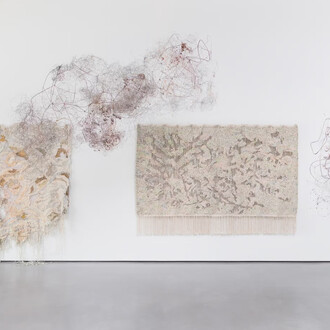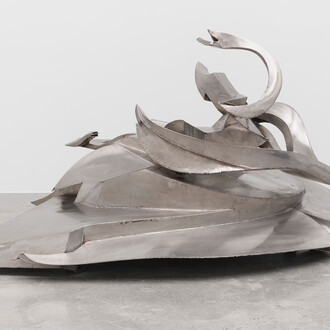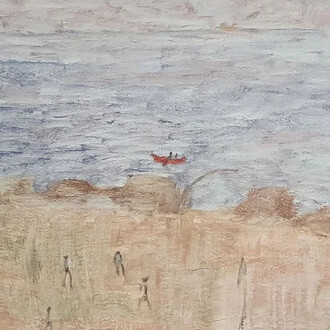Pérez Art Museum Miami will present the first monographic survey exhibition of Leandro Erlich’s work in North America, under the title Leandro Erlich: Liminal. Selected and arranged by New York-based guest curator Dan Cameron, the exhibition will present sixteen works that span more than two decades of Erlich’s production. Arranged throughout PAMM’s special exhibition galleries, the exhibition has been designed to suggest an underlying narrative story line, leading viewers through a series of encounters that act cumulatively to introduce doubt about their own sensorial input about the spaces around them.
Since the late 1990s, Erlich (b. 1973, Buenos Aires, lives in Buenos Aires) has created a highly distinctive body of sculptures and site-specific installations in which the architectural appearance of the everyday functions as a perceptual trap, leading an unsuspecting viewer into a visual paradox that systematically defies certain laws and attributes of the material world. In Erlich’s parallel universe, stairs lead nowhere, elevators don’t stop at any destination, passive spectators become active participants, clouds take on physical characteristics, and the solidity of constructed spaces turns out to be a fleeting optical illusion.
Liminal has been conceived as a sequence of spaces that one might encounter in the course of an ordinary day: elevator, subway, classroom, hair salon, sidewalk, swimming pool, laundry room—even a window through which the neighbors’ windows can be seen. Each space is fabricated to serve as a precise simulation of the place it references, so that the encounter with Erlich’s illusion tends to occur as a surprise on the viewer’s part that such an ordinary spot should conceal such extraordinary qualities.
The exhibition’s title refers to a transitional zone located at the threshold of another space, and indirectly suggests being on the verge of crossing over, or entering into, a new destination or state of existence—a sensation reinforced in Erlich’s work. To hover at the liminal edge of an experience suggests being caught between a prior reality that has been left behind, and a new reality beckoning at close range, but always slightly beyond our grasp. Erlich’s work suggests that despite our collective pride at being able to instinctually locate ourselves within the physical world, the truth is that most of us are engaged in an extended game of probability and chance, in which situations that can only be real within our dreams cast a spell of enchantment over our waking lives.
The accumulated impact of experiencing multiple Erlich works within a single exhibition tends to leave viewers with an intensified awareness of this inherent duality about daily life.
















